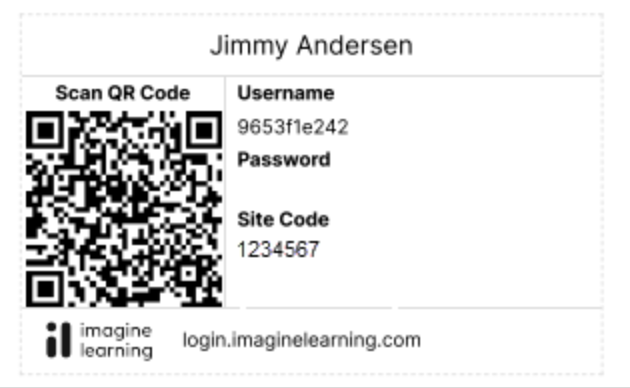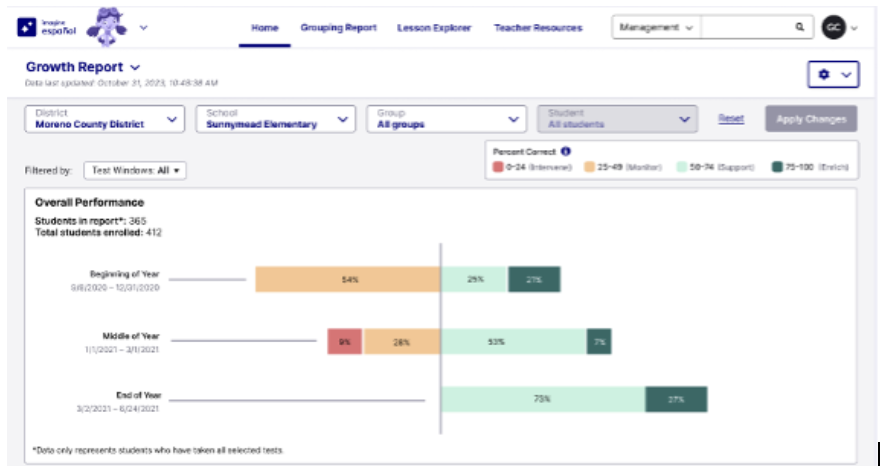What I did:
Focused on grammar over vocabulary. My grammar-based direct instruction curriculum emphasized understanding the structure and syntax of English over the meanings of individual words. I was teaching my students to identify the parts of speech of words they didn’t know based on their placement in a sentence they also didn’t understand. It was frustrating for all of us.
Why that didn’t work:
When you’re first learning a new language, you naturally gravitate to the words and phrases that are important to you. If you’re traveling, “please” and “thank you” are useful. If you are learning a new style of cooking, you’ll want to learn the names of foods. And if you’re a baby, your first word will be the most important object in your world (usually ‘dada’ or ‘mama,’ or in my son’s case, ‘panda’). Once you learn those words, you can then build the understanding needed to notice how they are placed in a sentence.
My students showed me this as they repeatedly asked me what words meant, while I unsuccessfully tried to reroute them back to the grammar concept we were learning. Finally, I gave in and started “What does it mean” Wednesdays. They collected English words and phrases they encountered in their daily lives — at work, on the bus, at the doctor’s office — and we spent 30 minutes crowdsourcing the definitions. This was easily the most engaged my students were all week — because it mattered to them.



